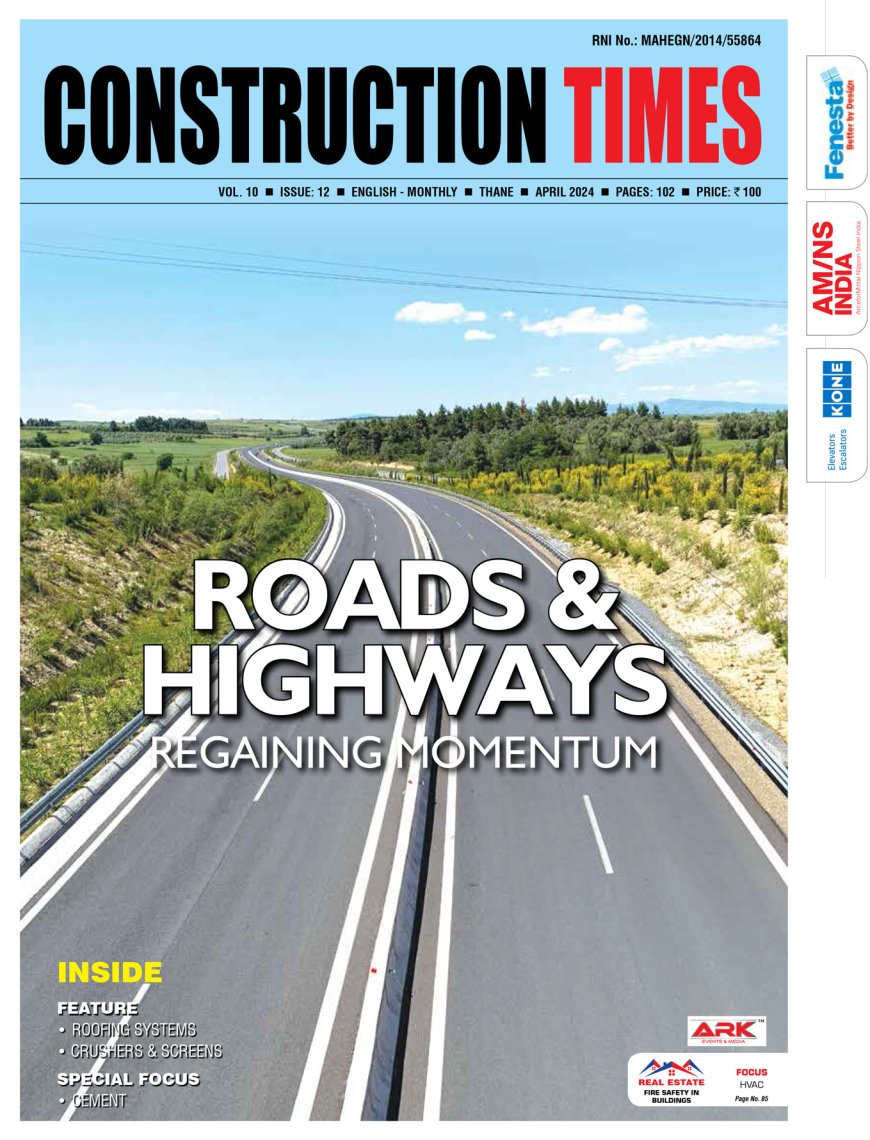Debunking top Myths related to using Aluminium Windows
Aluminium windows in buildings have been around since the 1930s, and many landmark buildings in western countries prominently featured them in their designs during that era. With World War II, its application saw a new dawn in aviation, manufacturing tanks, automotive engines and others. From then on, the usage of aluminium products and the market

Aluminium windows in buildings have been around since the 1930s, and many landmark buildings in western countries prominently featured them in their designs during that era. With World War II, its application saw a new dawn in aviation, manufacturing tanks, automotive engines and others. From then on, the usage of aluminium products and the market around it changed forever. Countries leading the war increased their aluminium production capabilities, and new aluminium alloys were seen almost everywhere.
After the end of the war, aluminium gained more widespread use in the construction industry and soon surpassed steel and wood window sales in commercial and institutional construction. It might be surprising to know that aluminium windows first appeared in railroad cars, streetcars and buses, as early as 1912.
Today, virtually all commercial properties and a significant number of adobes use aluminium framed windows to increase durability, provide an aesthetic charm to the overall building design, create a sense of wonderment and provide safety and security. Additionally, as it can be easily cast, machined, and formed, architects prefer using aluminium to tackle wind pressure in high-rise buildings when used in facades, glazing, cladding, curtain walls, etc.
However, despite holding a significant position in the fenestration industry, certain myths float around the usage of aluminium in windows. Experts believe that the reason behind this could be its popularity as it is firmly holding the market globally. Below are some of the myths one should steer away from while considering an aluminium window for their property.
Do aluminium windows cause condensation?
The fact of the matter is that this is no longer the case today. As a metal, aluminium has the same thermal insulation level as wood and uPVC. Today, it is all about quality, design and glass specifications. The modern-day high-performance aluminium windows do not cause any extra condensation, and they are designed with the latest thermal break technology that has excellent thermal resistance properties to improve the energy efficiency of the building. The hollow chambers in the glass filled with insulation provide aluminium windows with outstanding transfer coefficients that ensure the indoor temperature is always perfect.
Are aluminium windows difficult to maintain?
It is one of the most unsubstantiated myths about aluminium windows. The answer to this is a straight no! Aluminium has an added advantage that requires almost zero maintenance and is less reactive than most other metals. It is weather-proof, termite-resistant, and detrimental to pests and insects. Furthermore, it does not rust, flake, or peel off easily and it is very appropriate for places constantly exposed to the outside environment. A quick clean of the glasses and frames every three to four months will help remove sedimentary dirt and keep the windows looking elegant.
Are the aluminium windows neither sustainable nor eco-friendly?
Aluminium is 100 per cent recyclable and non-toxic, leaving a minimal ecological footprint. It can be recycled multiple times without losing its properties, making it an inexpensive source of material for production runs. The recycling process requires just five per cent of the initial energy consumed to generate the primary metal. Hence, this unique metal feature makes it one of the most sustainable options for windows.
Aren't aluminium windows strong enough?
Having the most robust structural integrity of all other metals in the world, the impact-resistant properties of aluminium make it carry heavy loads and maintain the dimensions and tightness of window frames effortlessly. As they are designed to withstand extreme climatic conditions, high-performance aluminium does not rust, warp or split over time and thus are perfect for windows.
Are aluminium windows not stylish and suitable for vintage buildings?
It is important to debunk the myth that aluminium windows are not stylish. To cater to your needs, high-quality aluminium is widely available in various styles, shapes and shades. Earlier, it was available in silver, white, or hardwood sub-finish only, but, now with powder coating, it can be coloured in almost any hue and shade. Depending on personal preferences and décor style, glossy and matte framed aluminium windows can also be installed. As aluminium is highly malleable, for traditional buildings, aluminium windows are an incredible choice to elevate the aesthetics of the overall building design.
In conclusion
From the early eighteenth century till now, aluminium has always been one of the most trusted metals in the world. It has seen transformations like no other metal. Moreover, it comes at the fore for future projects with its high demand in commercial and residential properties. There are almost no criteria for aluminium windows in which they do not perform as well as other equivalents. It is already leading the global race for sustainable buildings, and one cannot imagine a dream house or office premises without aluminium - as that is the only way forward to a prosperous and sustainable world.

- Naveen Mehta
President - Operations, Jindal Aluminium
Hits: 0












